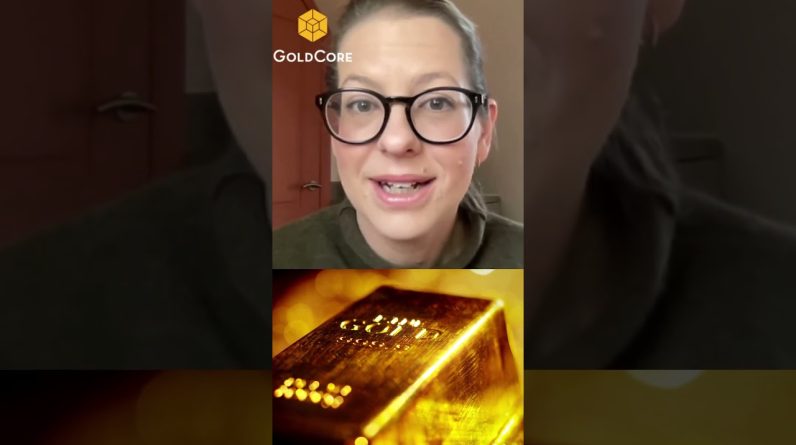
DISCLAIMER: GOLDINVESTMENTCOMPANIES.COM IS AN AFFILIATED PARTNER FOR GOLDCO PRECIOUS METALS, AUGUSTA PRECIOUS METALS, AND BIRCH GOLD GROUP, PROMOTING THEIR GOLD IRA, GOLD 401K TRANSFER AND BITCOIN IRA SERVICES AND PRODUCTS.
Aclara Resources expects to have the pilot plant for its proprietary Circular Harvesting Process up and running by the second quarter of 2023, allowing the company to test the technology on its rare earths ionic clay deposit in Chile.
This is according to Aclara Resources CEO Ramon Barua, who says the process is unique and will enable harvesting of rare earths without the use of explosives.
“We are going to extract the clays without using explosives. So the amount of noise and dust is going to be quite limited,” Barua explained. “Secondly, you know in mining companies, the largest carbon emissions come from crushing and milling; we do not have any crushing and milling in Aclara, so the amount of energy consumed is also very little.”
Aclara Resources is an exploration and development mining company focusing on its Penco Module ionic clay asset in Chile, with a vision to reinvent mining as a climate-friendly industry and sustainably supply the minerals for a low-carbon future.
Ionic clay rare earth deposits are few and far between, and production is currently dominated by China. The other known ionic clay deposits outside of China and Myanmar are in Brazil and Uganda.
“The problem is that the supply chain of these (rare earth) elements is highly concentrated in China, as we know, and not necessarily following the environmental standards that we would want in order to feed our (clean) technologies,” said Barua.
“We’re also seeing that consumers are looking for mineral sources that are traceable, that are clean and that are sustainable,” he added.
Aclara is touting its Circular Harvesting Process as a sustainable and clean alternative to the traditional process of extracting rare earths from ionic clays. Developed through a collaboration with the University of Toronto and University of Concepción in Chile, the process is able to recirculate 95 percent of the water and 99 percent of the ammonium sulfate used in the extraction process.
“The only outflow of the process of the plant is going to be the final product. And then the spent clays, we will wash them with recycled water and we will put them back again, as much as possible, into the pits or the quarries where we took it,” Barua explained.
#rareearth #investing #stocks
________________________________________________________________
Investing News Network (INN)
Find out more about investing by INN @
https://investingnews.com/
Want a FREE investor kit? Download here↓
https://bit.ly/3GN09D8
Follow us Facebook:
https://www.facebook.com/investing.news.your.trusted.source
Follow us on Twitter:
@INN_Resource
________________________________________________________________
The Investing News Network does not guarantee the accuracy or thoroughness of the information reported in the interviews it conducts. The opinions expressed in these interviews do not reflect the opinions of the Investing News Network and do not constitute investment advice. All readers are encouraged to perform their own due diligence.







